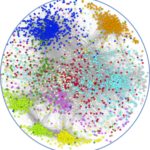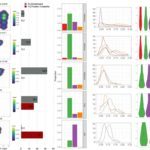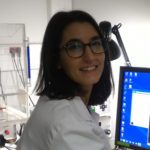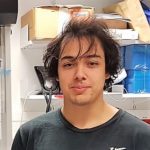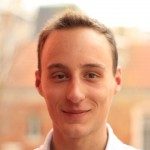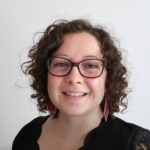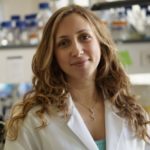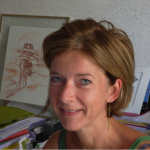Link to Pubmed [PMID] – 38518783
Link to HAL – pasteur-04530804
Link to DOI – 10.1016/j.stemcr.2024.02.007
Stem Cell Reports 2024 Apr; 19(4): 515-528
In most vertebrates, adult neural stem cells (NSCs) continuously give rise to neurons in discrete brain regions. A critical process for maintaining NSC pools over long periods of time in the adult brain is NSC quiescence, a reversible and tightly regulated state of cell-cycle arrest. Recently, lysosomes were identified to regulate the NSC quiescence-proliferation balance. However, it remains controversial whether lysosomal activity promotes NSC proliferation or quiescence, and a finer influence of lysosomal activity on NSC quiescence duration or depth remains unexplored. Using RNA sequencing and pharmacological manipulations, we show that lysosomes are necessary for NSC quiescence maintenance. In addition, we reveal that expression of psap, encoding the lysosomal regulator Prosaposin, is enriched in quiescent NSCs (qNSCs) that reside upstream in the NSC lineage and display a deep/long quiescence phase in the adult zebrafish telencephalon. We show that shRNA-mediated psap knockdown increases the proportion of activated NSCs (aNSCs) as well as NSCs that reside in shallower quiescence states (signed by ascl1a and deltaA expression). Collectively, our results identify the lysosomal protein Psap as a (direct or indirect) quiescence regulator and unfold the interplay between lysosomal function and NSC quiescence heterogeneities.
